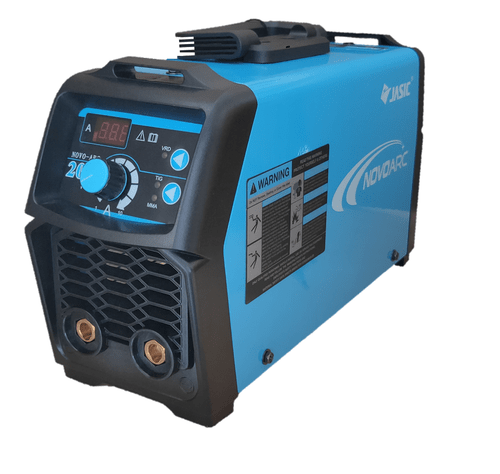
Personal Protective Equipment (PPE) is an essential tool for ensuring the safety of workers across various industries. PPE refers to equipment worn to minimize exposure to hazards that can cause serious injuries and illnesses. In this blog, we will explore the importance of PPE in workplace safety and some of the most common types of PPE.
PPE is critical in protecting workers from various hazards that can cause injuries or illnesses. Employers have a duty to ensure the safety and health of their employees, and providing PPE is one way to fulfill that responsibility. PPE can help prevent accidents, injuries, and illnesses that can result from exposure to hazards such as:
- Chemicals: PPE such as chemical-resistant gloves, goggles, and face shields can protect workers from chemical exposure that can cause burns, respiratory problems, and other health issues.
- Noise: Hearing protection devices such as earplugs or earmuffs can protect workers from hearing loss and other auditory issues caused by exposure to loud noises.
- Heat and Cold: PPE such as insulated gloves, jackets, and boots can help protect workers from heat and cold exposure that can cause thermal injuries, frostbite, or hypothermia.
- Falling Objects: Hard hats and safety helmets can protect workers from head injuries caused by falling objects or other impacts.
- Sharp Objects: Cut-resistant gloves and other PPE can protect workers from cuts and punctures caused by sharp objects.
There are many types of PPE, and the specific types required depend on the hazards present in the workplace. Some common types of PPE include:
- Eye and Face Protection: Safety goggles, face shields, and other eye and face protection can protect workers from exposure to hazardous materials and other potential hazards that can affect the eyes or face.
- Head Protection: Hard hats and safety helmets can protect workers from head injuries caused by falling objects, impacts, or other hazards.
- Hearing Protection: Earplugs, earmuffs, and other hearing protection devices can protect workers from noise-induced hearing loss and other auditory issues.
- Respiratory Protection: Respirators can protect workers from inhaling hazardous dust, fumes, gases, or vapors.
- Hand Protection: Gloves can protect workers from chemical exposure, cuts, punctures, and other hazards that can affect the hands.
- Foot Protection: Safety shoes, boots, and other foot protection can protect workers from slips, falls, and other hazards that can affect the feet.
PPE is an essential component of workplace safety, and employers have a responsibility to ensure that their employees are adequately protected from hazards that can cause injuries or illnesses. By providing the appropriate PPE, employers can help prevent accidents and keep their workers safe on the job. It is essential to conduct a hazard assessment to identify the hazards present in the workplace and determine the appropriate PPE required to protect workers from those hazards. Remember, PPE is the last line of defense, and it is essential to have other safety measures in place to minimize exposure to hazards.






